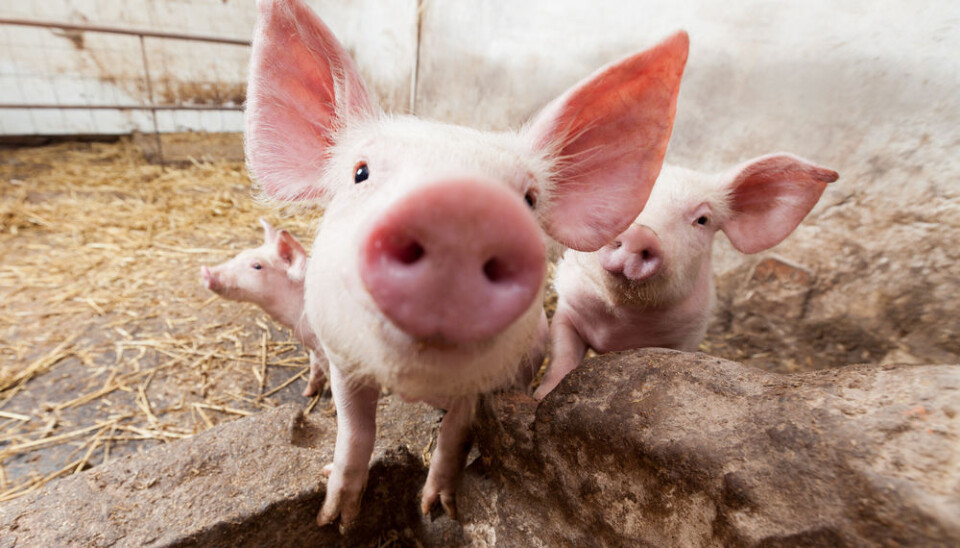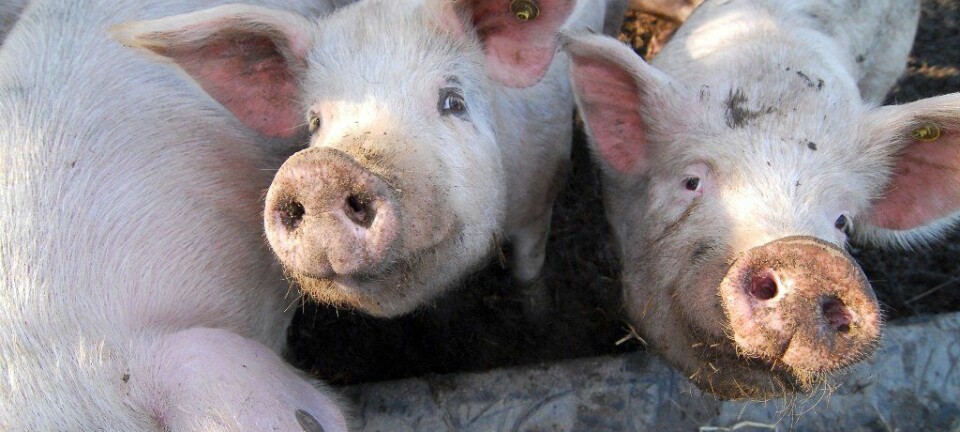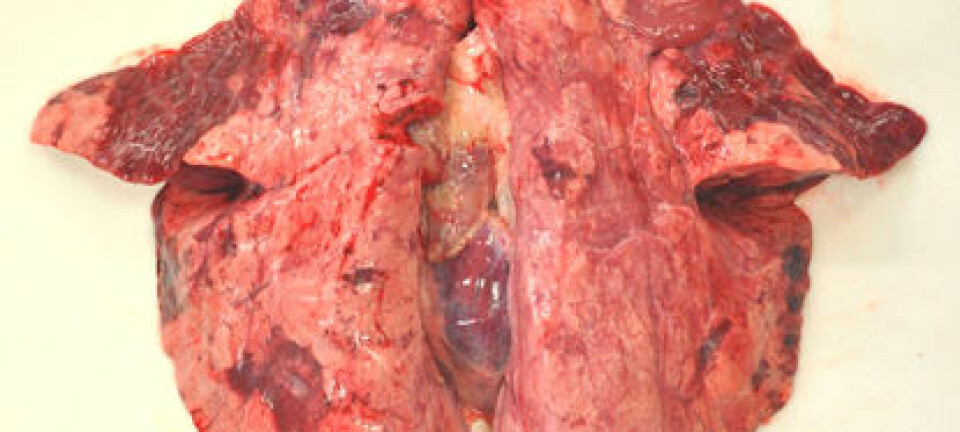
Pigs to help patients with implants
Pig bones and zinc could hold the key to prevent infections in the tissue around prosthetic implants.
Some patients are able to walk better after they get an artificial hip or knee. But others are plagued by pain or swellings and are unable to use their legs because of inflammation in the tissue surrounding their implant.
With the aid of pig bones, researchers from Copenhagen University are now testing whether zinc can help prevent infections around patients' artificial joints.
"The overall problem is that if a patient is given a bone implant such as an artificial hip there is a risk of infection of the tissue around the new joint -- an infection that’s hard to fight," says Louise Kruse Jensen, assistant professor at the Institute for Veterinary Disease Biology, Section for Experimental Animal Models at the University of Copenhagen.
New artificial joint will reject bacteria
"The infection arises because bacteria on the surface of the implant form mucous that protects them, so antibiotics and the body's own defences can’t kill them," she explains. In those cases the patient has to undergo a new procedure -- which has large personal and economic costs, says Jensen.
The Danish Council for Independent Research has given the new research project financial support.
Instead of funding a method to fight the infections that can arise in bone tissue following the implant of an artificial joint, Jensen wants to develop an artificial joint that can reject bacteria and thus prevent infections arising.
Zinc stimulates bone tissue formation
Her theory is that a thin layer of zinc will be able to prevent bacteria surviving around an implant after it has been operated into the body.
"It's been known for some time that zinc has an antibacterial effect," she says. "We also know that zinc can stimulate the formation of bone tissue, and this is important, as the patient needs new tissue to form around the implant so it is held in place."
"For this reason we've asked a company to coat metal implants with a nano-thin layer of zinc. Now we are about to test whether these surface-treated artificial joints work as they should and how the body reacts to the layer of zinc," says Jensen.
To be tested on pigs first
This is where the pigs come into play: Jensen uses them as models for humans and inserts zinc-coated pins into their shins. Then she waits and looks at how the pigs' organisms react to the foreign objects.
If the zinc-coated implants work as they are expected to in the pigs, there are good chances that they can also be used for humans.
"The relationship between the various minerals in pigs' bones and their physiology are very like those of humans," says Jensen. "In addition, pigs' immune system resembles that of humans. Therefore it is better to us pigs as models for humans than rats, mice or rabbits, for instance."
-------------
Read the full story in Danish at Videnskab.dk
Translated by: Michael de Laine









